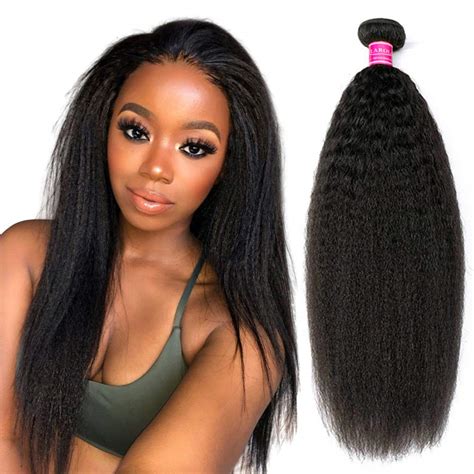Introduction
Head coverings for women have been a part of various cultures and religions for centuries, serving both practical and spiritual purposes. From veils to scarves, these coverings come in diverse forms and materials, each with its own unique significance and benefits. In this comprehensive guide, we delve into the types, uses, and benefits of head coverings for women, providing a deeper understanding of their significance in different contexts.

Types of Head Coverings
The world of head coverings is vast and varied, with different types prevalent in different regions and cultures:
Hijab
A hijab is a veil worn by Muslim women to cover their hair and neck. It is typically made of opaque fabric and can come in various colors and styles. Hijabs are worn as a symbol of modesty and religious devotion.
Niqab
A niqab is a veil that covers the face, leaving only the eyes exposed. It is worn by some Muslim women as a stricter form of hijab.
Burka
A burka is a full-body covering that covers the entire body, including the face, and often has a mesh panel over the eyes. It is worn mainly in Afghanistan and Pakistan.
Shawl
A shawl is a large, rectangular piece of fabric worn around the head and shoulders. It can provide warmth, protection from the sun, or be used as a fashion accessory.
Scarf
A scarf is a long, narrow piece of fabric worn around the neck or head. It can be used for warmth, style, or as a headscarf.
Uses and Benefits of Head Coverings
Head coverings serve various practical and spiritual purposes:
Religious Significance
Head coverings are worn as a symbol of religious devotion in many cultures. Hijabs, for example, are worn by Muslim women as an act of obedience to God and a demonstration of their faith.
Modesty
Head coverings are often worn to maintain modesty and privacy. In some cultures, it is considered inappropriate for women to show their hair or face in public.
Cultural Identity
Head coverings can be a symbol of cultural identity and heritage. For example, headscarves are worn by women in many parts of Africa as a sign of their cultural background.
Sun Protection
Head coverings can provide protection from the sun’s harmful UV rays. They can be made of lightweight, breathable fabrics that shield the scalp and face from sun damage.
Warmth
Head coverings can provide warmth in cold weather. They can be made of thicker fabrics such as wool or fleece to keep the head and neck warm.
Fashion and Style
Head coverings can also be used as fashion accessories. They come in a wide variety of colors, patterns, and materials, allowing women to express their personal style.
Different Types of Head Coverings and Their Popularity
The popularity of different types of head coverings varies widely depending on cultural, religious, and personal preferences:
| Head Covering Type | Countries with Highest Popularity |
|---|---|
| Hijab | Saudi Arabia, Iran, Afghanistan |
| Niqab | Saudi Arabia, Yemen, Qatar |
| Burka | Afghanistan, Pakistan |
| Shawl | India, Pakistan, Bangladesh |
| Scarf | Worldwide |
Benefits of Head Coverings for Women
-
Enhanced Comfort: Head coverings can help regulate body temperature, providing warmth in cold weather and protection from the sun in hot weather.
-
Increased Privacy: Head coverings can create a sense of privacy and seclusion, particularly in crowded or unfamiliar environments.
-
Improved Focus: Head coverings can reduce visual distractions and create a more focused and conducive environment for concentration.
-
Religious Fulfillment: For women of certain faiths, head coverings are a symbol of religious devotion and can provide a sense of spiritual connection.
-
Cultural Expression: Head coverings can serve as a means of expressing cultural heritage and identity, connecting women with their roots and traditions.
Strategies for Choosing the Right Head Covering
-
Consider your needs: Determine why you want a head covering and what specific benefits you seek.
-
Research different types: Explore the various types of head coverings available and their cultural and religious significance.
-
Experiment with styles: Try on different styles and materials to find what suits your face shape and personal style.
-
Consider the occasion: Choose a head covering that is appropriate for the setting and occasion, whether it’s for religious observance, a cultural event, or everyday use.
-
Seek advice: Consult with a religious leader, cultural expert, or stylist for guidance and recommendations.
Tips for Wearing Head Coverings
-
Secure it properly: Ensure the head covering is securely fastened to prevent it from slipping off or becoming uncomfortable.
-
Adjust for comfort: Make sure the head covering fits comfortably and does not cause any discomfort or irritation.
-
Coordinate with your outfit: Choose a head covering that complements your outfit and enhances your overall style.
-
Maintain hygiene: Regularly wash or dry-clean your head covering to maintain its appearance and prevent odors.
-
Be confident: Wear your head covering with confidence and pride, as it is a representation of your beliefs or cultural heritage.
Conclusion
Head coverings for women are diverse and multifaceted, serving various practical, religious, and cultural purposes. By understanding the different types, benefits, and strategies for choosing the right head covering, women can find the perfect accessory to meet their needs and enhance their daily lives. Whether it’s for religious observance, cultural expression, or personal style, head coverings offer a unique way for women to adorn themselves and express their individuality.
